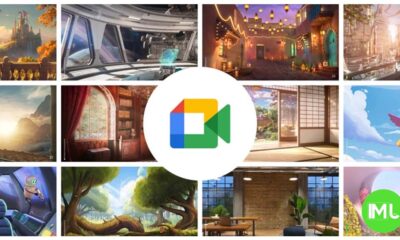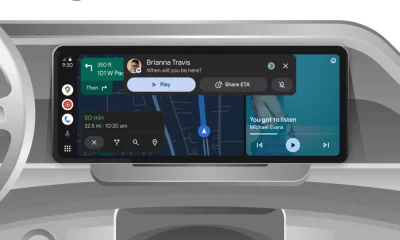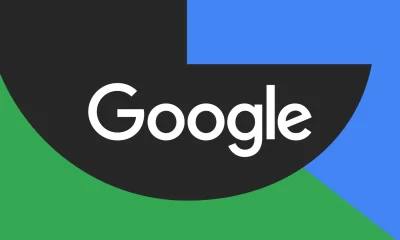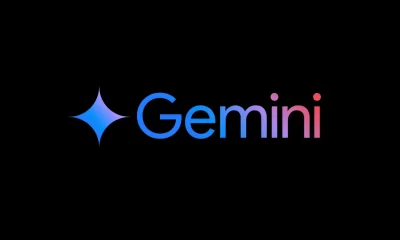Google Gemini’s new chat features, uUpgraded AI model, and the potential of Quick Share on iOS and macOS
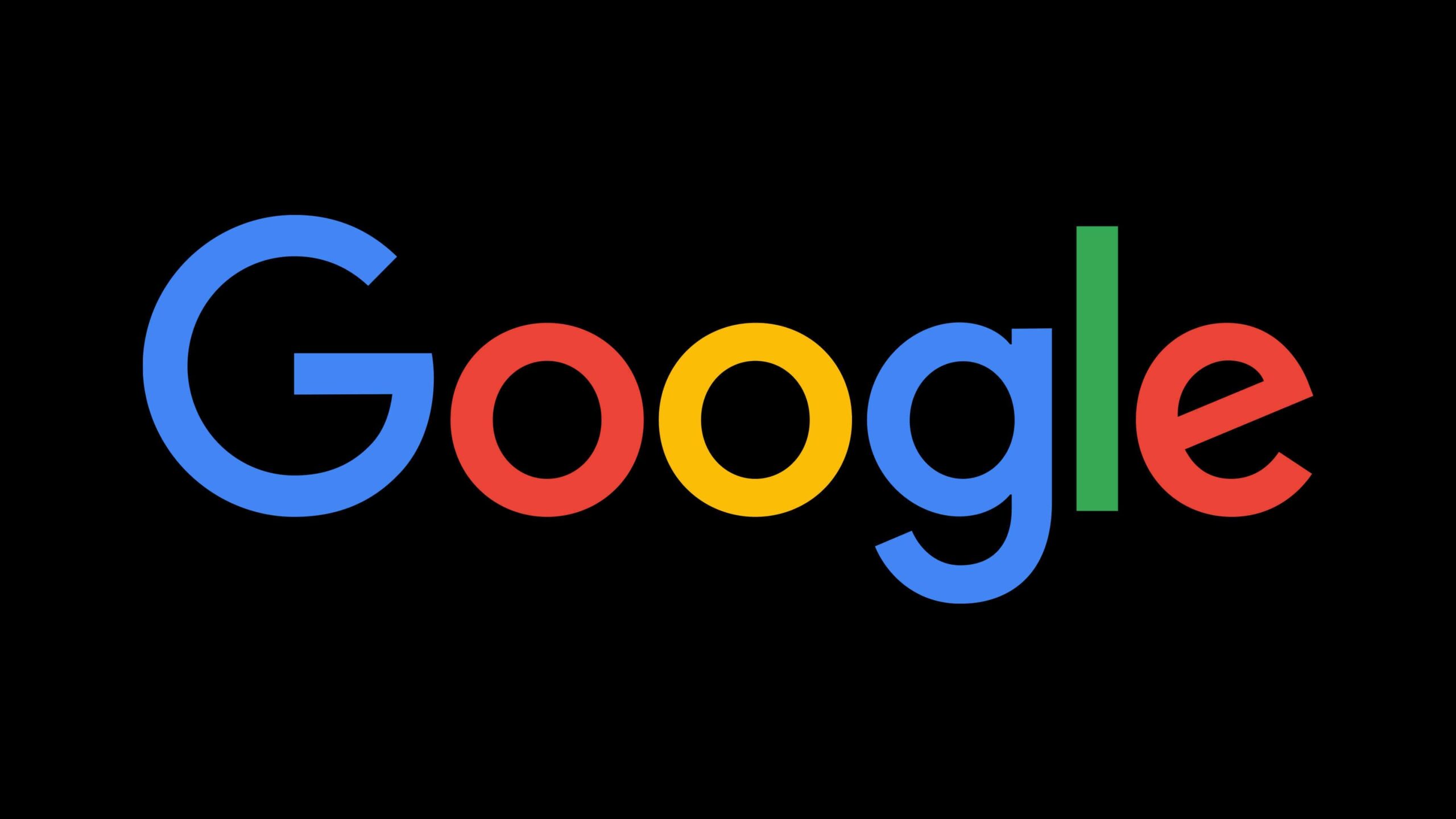
Google is rolling out several enhancements to its workspace tools, with notable updates to the Gemini AI Assistant and the potential expansion of Quick Share, an AirDrop-like feature, to Apple devices. Here’s a look at these developments and what they could mean for users.
Gemini Side Panel for Google Chat: Key Features
Google Chat’s new Gemini side panel introduces a range of productivity tools to streamline conversations. Accessible via an icon in the upper-right corner of Google Chat (web version), the side panel brings AI-powered assistance to your workspace chat, enabling more efficient communication and project management. Key features include:
- Summarizing Conversations: Users can generate summaries of ongoing chats to quickly catch up on a discussion. Commands like “Summarize this conversation” or “Give me a detailed summary of [topic]” help users stay informed without needing to read through extensive chat histories.
- Listing Action Items: For task management, the AI can create a list of action items from a conversation, letting users ask specific questions, such as “What are the action items in this conversation?” or “Summarize [person’s] action items.”
- Answering Specific Questions: Users can get direct answers to specific queries, such as “What did [person] say about the project deadline?” or “What’s the decision on the project discussed?”
Currently, these capabilities are limited to individual conversations and cannot access data across all chat histories, emails, or Drive files. This feature is gradually being rolled out to users subscribed to the Gemini Business and Enterprise or Education Premium add-ons.
New Modes and UI Updates in Google Chat
In addition to Gemini’s side panel, Google Chat for the web now offers users a choice between Comfortable and Compact modes. Compact mode, designed to fit more content on the screen, aligns message bubbles in a single direction, widens the message area, and reduces padding. Users can switch modes by navigating to Settings > Density > Compact.
The Enhanced Gemini 1.5 Pro Model
Google’s Gemini Advanced AI model received an upgrade to version 1.5 Pro on October 31, 2024. The new version boasts improved data quality and enhanced performance, delivering better responses for tasks involving math, coding, and complex topic discussions. This model, initially introduced at Google I/O 2024, also allows users to upload documents for analysis, with the latest updates further refining its capabilities.
Gemini’s updates reflect Google’s focus on enhancing the AI’s adaptability, particularly in terms of handling intricate requests with high accuracy. The platform has also made subtle branding changes, renaming the Gemini Advanced prompt to “Ask Gemini” for consistency across its offerings.
Potential Expansion of Google’s Quick Share to iOS and macOS
Google’s Quick Share, similar to Apple’s AirDrop, currently enables Android users to share files, photos, and links between Android devices, ChromeOS, and Windows. However, there are indications that Google might expand Quick Share to Apple’s iOS and macOS devices.
Hints of this came from a Google engineer’s comments on GitHub, where it was noted that device names on iOS and macOS already integrate well with Quick Share’s naming conventions. Although this is not a direct confirmation, it suggests Google is considering Quick Share support on Apple’s platforms.
Would Quick Share on iOS and macOS Gain Traction?
For Android users who use Apple devices like MacBooks or iPads, a Quick Share app would simplify file transfers, bridging the gap between their devices. However, convincing a significant portion of iPhone users to adopt Quick Share may be challenging, given that many are already satisfied with AirDrop and other integrated iOS features.
While Quick Share might appeal to cross-platform Android users, its adoption among Apple users might be limited. Google would likely develop this functionality more for Android users with mixed-device environments than for the general Apple user base.
Conclusion
With the addition of Gemini’s new Chat side panel features, updates to the Gemini 1.5 Pro model, and the potential expansion of Quick Share, Google is enhancing both productivity and cross-device compatibility. These advancements reflect Google’s ongoing commitment to making its tools more versatile and user-friendly, especially for users navigating multiple operating systems. Would these updates enhance your workspace productivity or your ability to share files across devices? Google’s latest developments could soon make that decision easier.
Google Meet gets a fresh new look with Material 3 design

Google Meet is getting a big update to its look, thanks to the new Material 3 design. This change brings a cleaner and more modern style to the video calling app, making it easier and more enjoyable to use.
With Material 3, Google Meet now has rounder buttons, softer colors, and better spacing between elements. The main controls, like the microphone, camera, and end call buttons, are now larger and easier to tap. The icons and text are also clearer, which helps users find what they need quickly during a call.
Another improvement is the new “expressive” color system. This feature lets the app’s colors match your device’s wallpaper or theme, giving each user a unique and personalized experience. The changes also make Google Meet more accessible, as the new design is easier to read and use for everyone, including people with vision difficulties.
These updates are rolling out to both web and mobile versions of Google Meet. Google says the new look will help people feel more comfortable and focused during their meetings. Overall, the Material 3 update makes Google Meet not only look better but also work better for all its users.
Android
Easy ways to change Android Auto’s look with light and dark themes
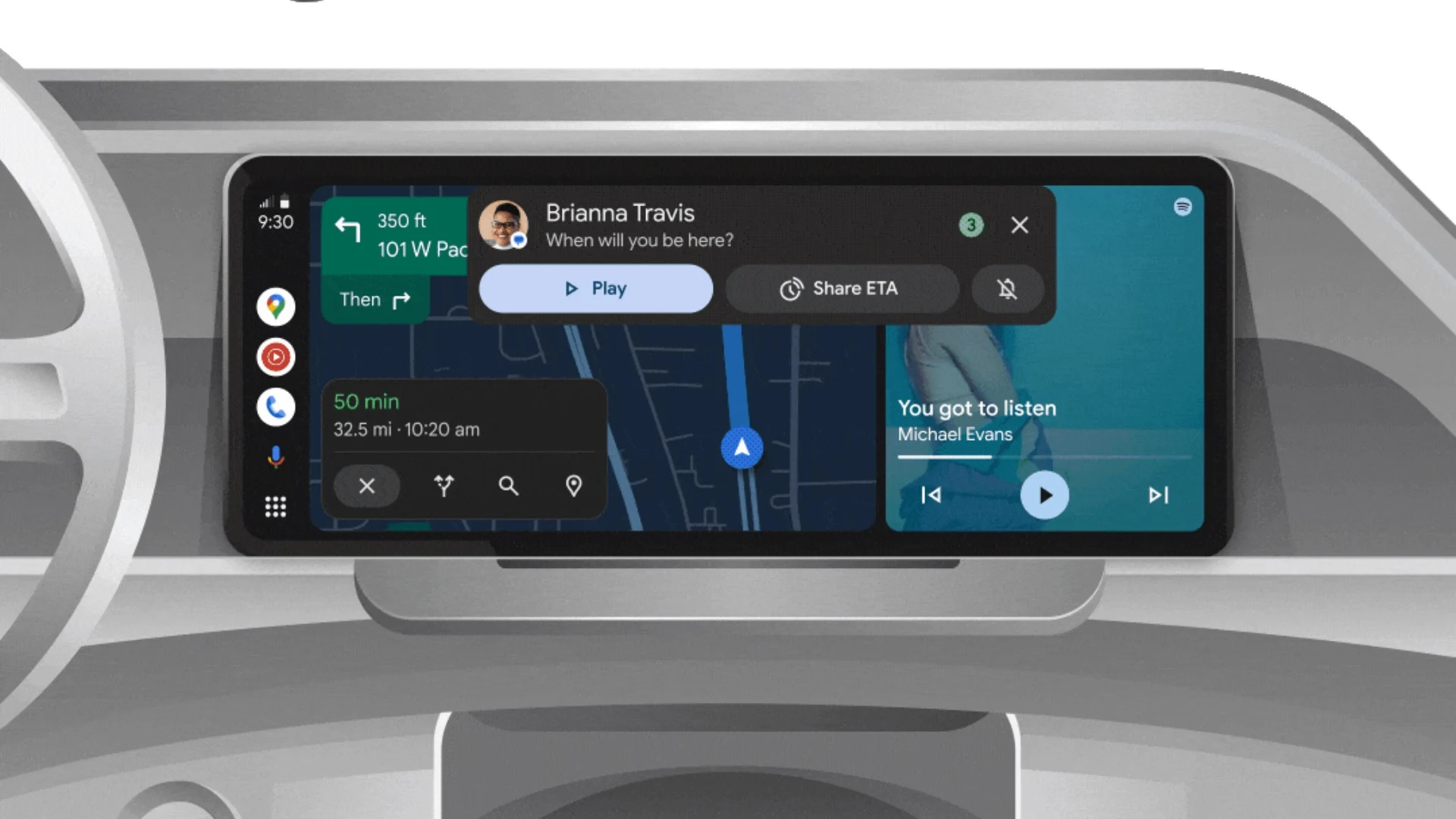
Android Auto is a helpful tool that lets you use your phone’s apps safely while driving. It connects your phone to your car’s screen, making it easier to use maps, music, and calls. One of the features many people like is the ability to change how Android Auto looks by switching between light and dark themes.
How to switch between light and dark themes
Android Auto offers two main themes: light and dark. The light theme uses brighter colors, which can make the screen easier to see during the day. The dark theme uses darker colors, which can be more comfortable for your eyes at night or in low light.
To change the theme, follow these steps:
- Open the Android Auto app on your phone.
- Go to the settings menu.
- Find the “Theme” option.
- Choose between “Light,” “Dark,” or “Set by car” (this lets your car decide the theme based on the time of day or your car’s settings).
Why themes matter
Using the right theme can make driving safer and more comfortable. The light theme is good for bright days, while the dark theme helps reduce glare at night. Having these options means you can pick what works best for you, making Android Auto easier to use in any condition.
In short, Android Auto’s theme options are simple to use and help you drive more safely by making the screen easy to see, no matter the time of day.
Google Drive and Files by Google get fresh updates for easier use
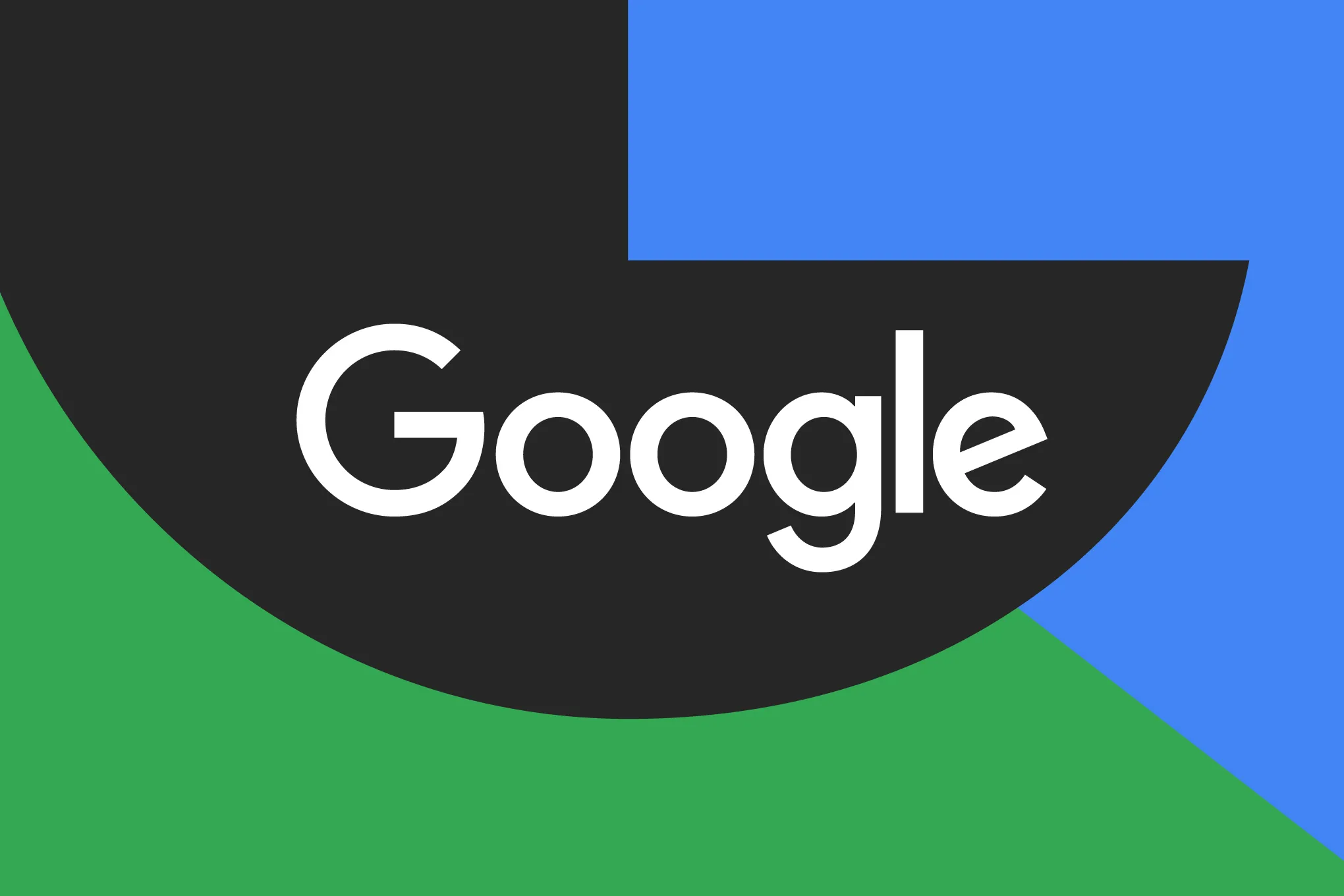
Google is rolling out some helpful updates to two of its popular apps: Google Drive and Files by Google. These changes are designed to make managing your files and watching videos much smoother.
First, Google Drive is getting a new video player. Now, when you upload a video to Drive and open it, you’ll notice a fresh look that matches Google’s latest design style. The controls, like play and pause, are easier to use and look cleaner. This update makes it simpler to watch videos directly in Drive without needing to download them first.
Meanwhile, the Files by Google app is also getting a makeover. The app is adopting Google’s Material 3 design, which means it looks brighter and more modern. The buttons and menus are easier to see and use, making it simpler to find, move, and organize your files. There are also new color options and improved icons, so everything feels more user-friendly.
Both updates show Google’s commitment to making its apps more helpful and enjoyable to use. Whether you’re watching videos in Drive or sorting files on your phone, these changes aim to save you time and make things less complicated. If you use these apps, keep an eye out for these new features—they should arrive soon!
-
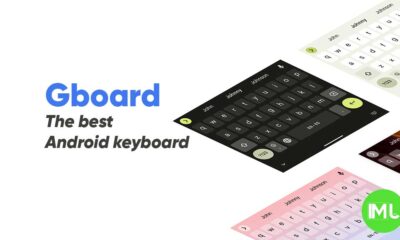
 Apps1 year ago
Apps1 year agoGboard Proofread feature will support selected text
-
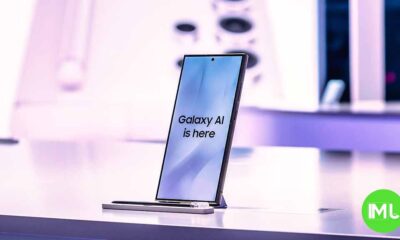
 News1 year ago
News1 year agoSamsung USA crafting One UI 6.1.1
-

 Apps1 year ago
Apps1 year agoGoogle Contacts app testing new Besties Widget
-
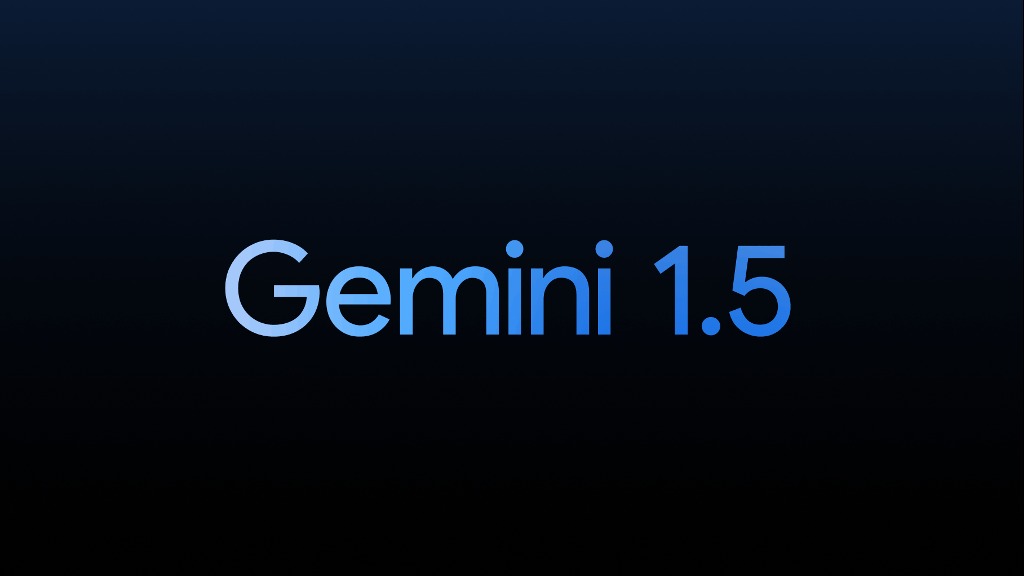
 AI12 months ago
AI12 months agoGoogle Pixel 9 Pro may come with a complimentary one-year Gemini Advanced subscription
-
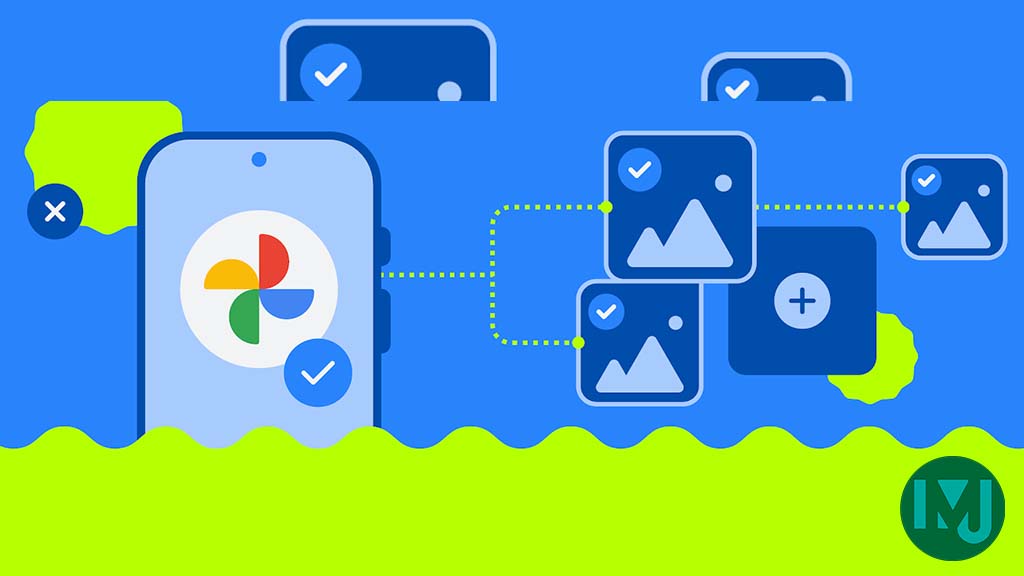
 Apps12 months ago
Apps12 months agoGoogle working on a new video editing feature for its Photo app
-
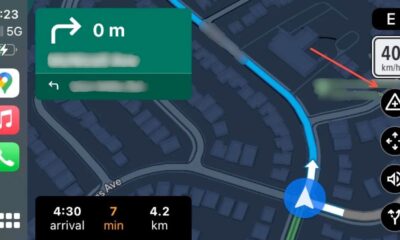
 Apps12 months ago
Apps12 months agoGoogle Maps lets you report traffic jams and accidents on Apple CarPlay, but not on Android Auto
-

 Apps1 year ago
Apps1 year agoGoogle Messages app will transform MMS chats into RCS
-

 News1 year ago
News1 year agoBreaking: Samsung Galaxy S22 may get Galaxy AI features

